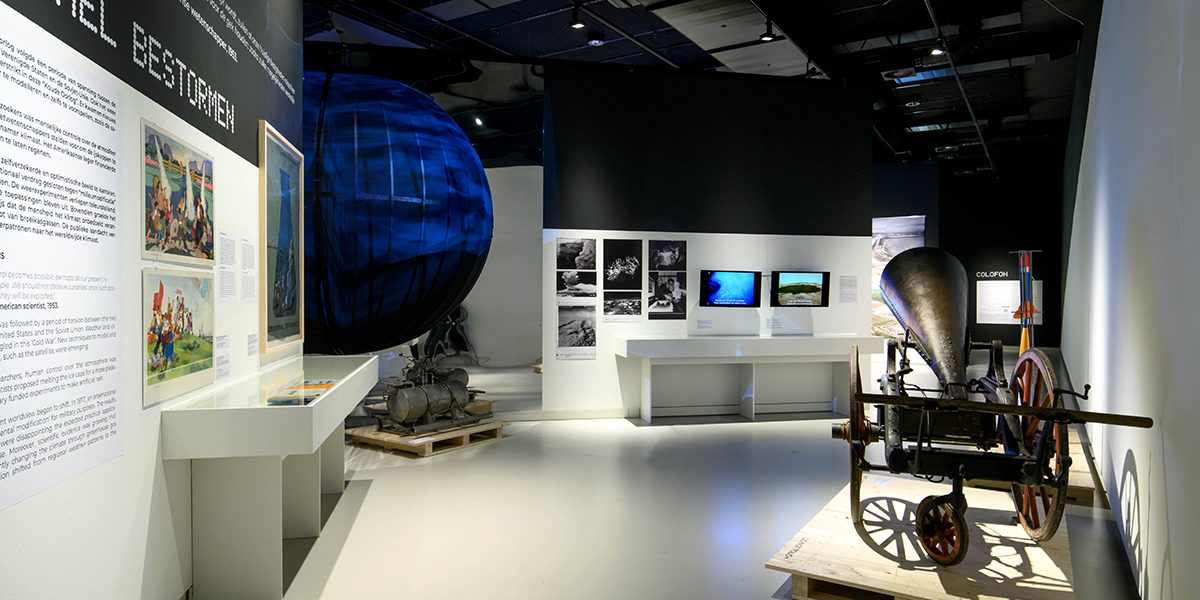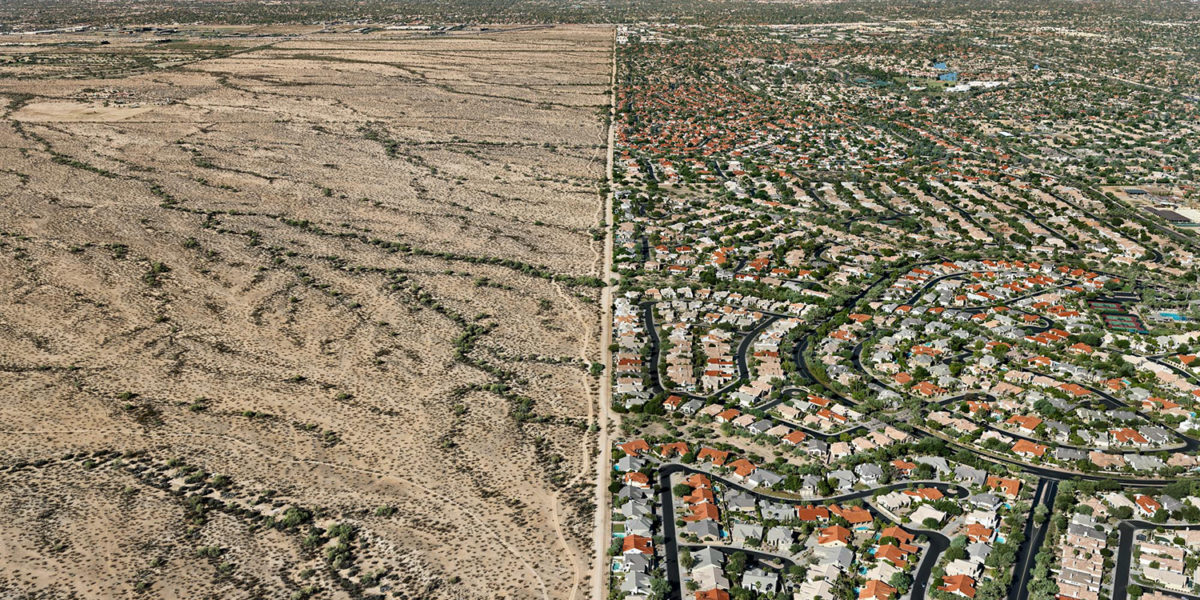“On the map of the Netherlands, point [our youth] to the lakes that have yet to be drained, the moors that have yet to become wheat fields; show our youth that victories over nature are the most beautiful victories of all; that it is not the vastness, but instead the proper use of its territory which constitutes the strength of a nation, (….) that it must therefore be the task of every nation to constantly increase its production. (…) An education in this direction (…) would certainly be most fruitful.”
Bartholomeus van Sloet tot Oldhuis, Dutch economist and politician, 1859[1]
From 1850, newly discovered evidence of a prehistoric ice age in Europe led to a widespread debate about the potential causes of climate change. These discussions reinforced the idea that human activities could change the climate. How exactly this worked, however, was still unclear. Due to a lack of scientific data, opinions varied widely. Moreover, European scientists depended on indigenous knowledge for information about overseas climates, which they often dismissed or disrespected.
The late nineteenth century also saw rapid developments in technology. A rock-solid belief in the power of technological progress became widespread. Enormous engineering projects aimed at conquering nature captured the worldwide imagination. Notable examples were the construction of the Suez Canal (1869), the Panama Canal (1914) and the partial reclamation and closure of the Zuiderzee (1932). Many governments touted such engineering megaprojects as proof of their vision and power.
The dreams of the architects
From 1900 onwards, grandiose, utopian ideas about design and architecture gained strong influence. More and more designers saw their profession as the key to the betterment of mankind. Dutch architect Hendrik Wijdeveld, for example, dreamed of an ‘city-less city’, in harmony with a nature designed for people. During the Second World War, Wijdeveld sketched a huge tunnel deep into the earth, meant to bring humanity closer together in a common effort. By contrast, in 1960 the American Richard Buckminster Fuller designed a huge dome to cover the entire New York city centre. Such a dome, Fuller claimed, would regulate the city’s climate and protect its residents.
Colonising the Sahara
European colonial planners were fascinated by the Sahara. They regularly referred to texts from classical antiquity, which seemed to suggest that the desert was a fertile land in historic times. In 1874, French army commander François Roudaire proposed the creation of an artificial inland sea in the Sahara. This would supposedly turn the Sahara back into a green oasis, ripe for European colonisation. In 1928, the German architect Hermann Sörgel even proposed turning Africa and Europe into one supercontinent, which he called “Atlantropa”. Sörgels plans, too, advocated for the greening and colonisation of the Sahara.
German plans for occupied Poland
After the First World War, a general sense of crisis pervaded defeated Germany. In radical right-wing circles, worries about overpopulation and climate change mixed with romantic and racist fantasies. For instance, some geographers warned of Versteppung or ‘steppefication’. Slavic peoples in Eastern Europe supposedly ruined the landscape and caused it to dry out. When Adolf Hitler came to power in 1933, this rhetoric radicalised even further. Nazi ideology promoted the German conquest of living space (Lebensraum) in Eastern Europe. With brute force and ethnic cleansing, these areas were to be ‘germanised’. New landscape designs also formed part of these efforts. The German ‘cultural landscape’ was supposedly superior and would counteract Versteppung.
The Great Stalin Plan
Already in the Russian Empire, plans existed for the afforestation of the southern steppes. These plans gained new momentum in the Soviet Union. In 1948, the ‘Great Stalin Plan for the Transformation of Nature’ was announced. Vast belts of newly planted forest around the Black and Caspian Seas were to improve the climate for agriculture. The leader of the project, Trofim Lysenko, held bizarre notions about silviculture. For instance, he claimed that oak trees and agricultural crops would engage in a kind of communist “cooperation” if planted in a certain pattern. The forests planted this way soon died back. After Stalin’s death, the plan was abandoned.
The conquest of nature in communist China
Communist leader Mao Zedong came to power in China in 1949. Like many other leaders of his time, Mao believed in the power of science and technology to “understand, conquer and change nature”. Dams and river projects were important tools in this regard. In 1957, Mao launched the “Great Leap Forward” campaign to modernise Chinese industry and agriculture. However, the campaign was marked by ill-conceived extreme plans, ecological devastation and the widespread persecution of political opponents. The ensuing famine and chaos resulted in the deaths of tens of millions of people.
The Netherlands as a designer country
“The gods made their land, the Hollanders their shore.” Scottish writer James Fraser probably wrote this famous phrase as early as around 1660. At the time, Hollanders had a reputation as engineers and dyke builders. Before 1850, however, most areas south and east to the coastal Holland region had hardly been cultivated. Floods remained a persistent problem. In the second half of the 19th century, the Dutch government therefore invested feverishly in new railways, waterways and land reclamation projects. The huge Zuiderzee works in particular attracted international attention. The conquest and design of nature became a pillar of the Dutch national self-image.
[1] B.W.A.E. van Sloet tot Oldhuis, “Zielkundige beschouwingen over den tegenstand tegen openbare werken”, in Tijdschrift voor staathuishoudkunde en statistiek, 1859 [no. 13], p. 147. Accessed through Delpher on 19-06-2024, https://resolver.kb.nl/resolve?urn=dts:308013:mpeg21:0001. See also: Auke van der Woud, Een nieuwe wereld: het ontstaan van het moderne Nederland, Twaalfde druk (Amsterdam: Prometheus, 2021), pp. 108-109.






